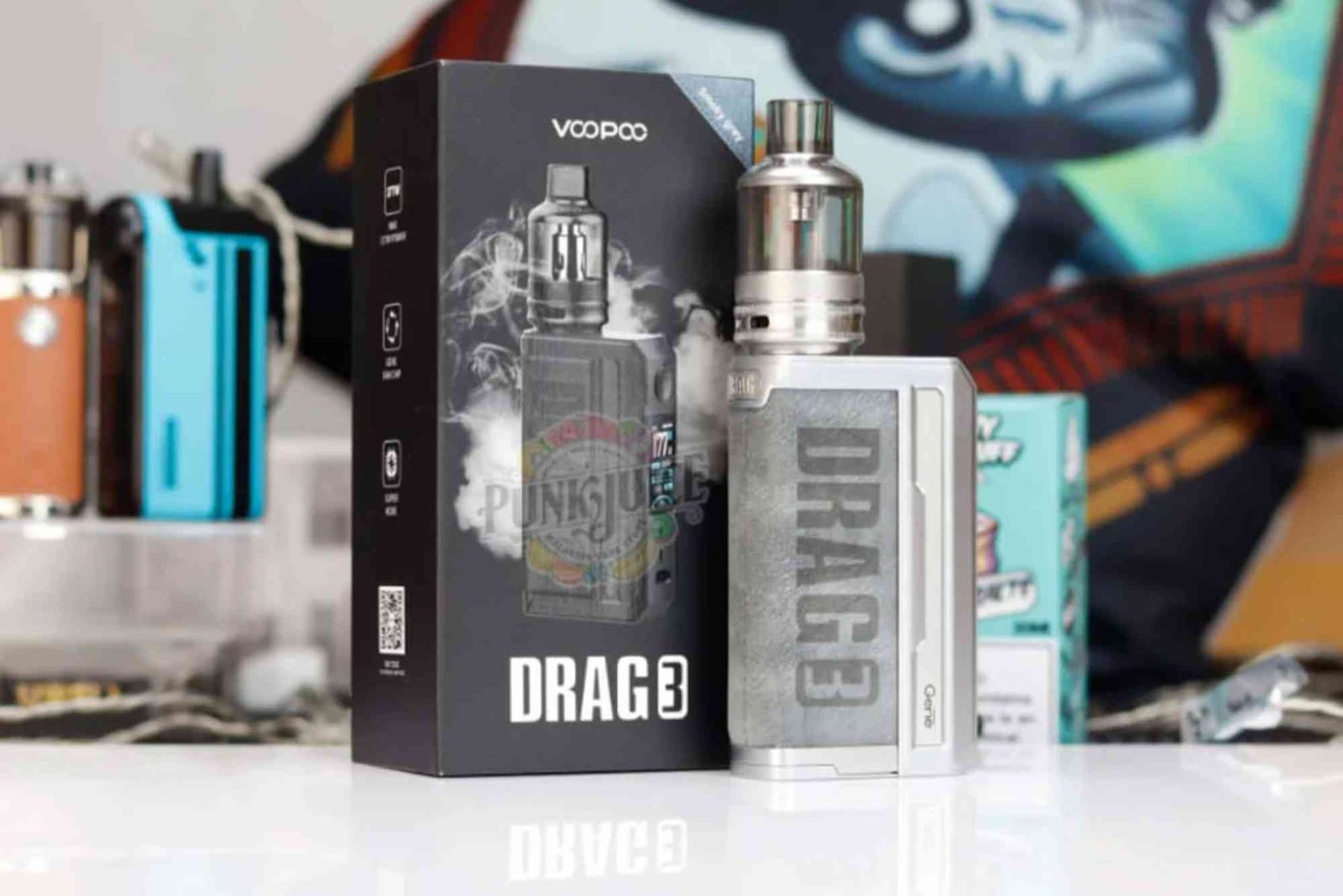In today’s visually driven market, commercial videos have evolved from a marketing luxury to an essential investment. Whether promoting a product, building brand awareness, or engaging with audiences online, businesses are pouring significant budgets into video production campaigns. However, as with any investment, stakeholders naturally ask: What’s the return on investment (ROI)? Measuring ROI in commercial video production projects requires a thoughtful analysis of both tangible and intangible metrics to determine whether the project achieves its intended goals and delivers long-term value.
Why Measuring ROI Matters
When businesses commit to producing videos, they often aim for various outcomes—sales conversions, lead generation, increased web traffic, social engagement, or improved brand recognition. Without a clear measurement strategy in place, it’s easy to lose track of whether these objectives are met. Measuring ROI helps justify the budget, optimize future campaigns, and demonstrate the effectiveness of creative decisions.
Setting Objectives Before Production Begins
Define Clear KPIs
Before any camera rolls, the foundation of ROI measurement lies in setting Key Performance Indicators (KPIs). These might include:
- Website traffic increase after video release
- Number of leads or inquiries generated
- Video completion rate
- Engagement rate (likes, shares, comments)
- Increase in conversions or sales
By aligning these metrics with the company’s overall goals, businesses can set realistic benchmarks to evaluate performance post-production.
Direct ROI: Quantifiable Metrics
Direct ROI in video production focuses on numbers that can be directly attributed to the project. These include:
Revenue Generation
Sales or conversions that occur as a direct result of the video content offer the most straightforward method of calculating ROI. If a video generates $10,000 in new sales and cost $2,000 to produce, the ROI is ($10,000 – $2,000) / $2,000 = 400%.
Website and Landing Page Metrics
Monitoring analytics platforms such as Google Analytics helps assess how much traffic a video-driven campaign sends to your site. Metrics like bounce rate, session duration, and click-through rate (CTR) on video content can provide powerful insights into user behavior.
Indirect ROI: Intangible Yet Impactful
Some benefits of commercial video production are not immediately measurable in dollars but still hold long-term business value.
Brand Awareness and Perception
Videos designed for top-of-funnel marketing often aim to build brand recognition. While it’s difficult to assign a monetary value to awareness, metrics like impressions, reach, and brand recall surveys can suggest how effective the video has been.
Improved SEO Rankings
Embedding videos on websites can improve dwell time, a factor that influences search engine rankings. Higher visibility means more organic traffic over time, which contributes to ROI indirectly.
The Role of Corporate Photography in Dubai
Visual storytelling extends beyond videos. Corporate photography in Dubai plays a crucial complementary role in brand presentation and marketing strategy. High-quality photographs of your team, office, or behind-the-scenes moments help build trust and authenticity. These images enhance the performance of video thumbnails, website banners, and promotional materials—ultimately supporting the roi of your commercial content.
In Dubai’s competitive market, investing in professional photography aligns with the polished image required by top-tier industries, especially when integrated with video projects. Brands that blend striking photos with engaging videos often outperform competitors in user engagement and trustworthiness.
Tools for Tracking ROI
Several platforms and tools are available to monitor and evaluate the performance of commercial videos:
- YouTube Analytics: Offers insights into watch time, audience retention, and traffic sources.
- Google Analytics: Tracks user behavior after watching videos on your site.
- CRM Platforms: Helps identify leads or sales generated through video-related landing pages.
- Heatmaps and A/B Testing: Tools like Hotjar can show user interactions and compare performance of video vs. non-video pages.
Best Pracices to Maximize ROI
Optimize Video for Each Platform
Tailor your videos for different platforms—social media, websites, email campaigns, and presentations. A one-size-fits-all video often underperforms compared to platform-specific content.
Reuse and Repurpose Content
Stretch your investment by repurposing your video. Create teasers, GIFs, or behind-the-scenes snippets. Turn long-form videos into blog posts or social reels to extend their lifespan and reach.
Include Strong CTAs
A well-placed Call-To-Action (CTA) encourages viewers to take the next step, whether that’s visiting a landing page, signing up for a demo, or making a purchase. A clear CTA can make the difference between a passive viewer and a converted lead.
Conclusion
In a landscape where visual content dominates brand communication, measuring ROI in commercial video production projects is no longer optional—it’s essential. Whether you’re evaluating direct sales, web traffic, or enhanced brand equity, a strategic approach to measurement ensures every frame delivers value. By pairing this with professional assets, such as corporate photography in Dubai, companies can enhance their brand presentation and strengthen the return on visual investments.
Ultimately, businesses that align creative production with data-driven strategies are the ones that stand out, connect with audiences, and see measurable success.






